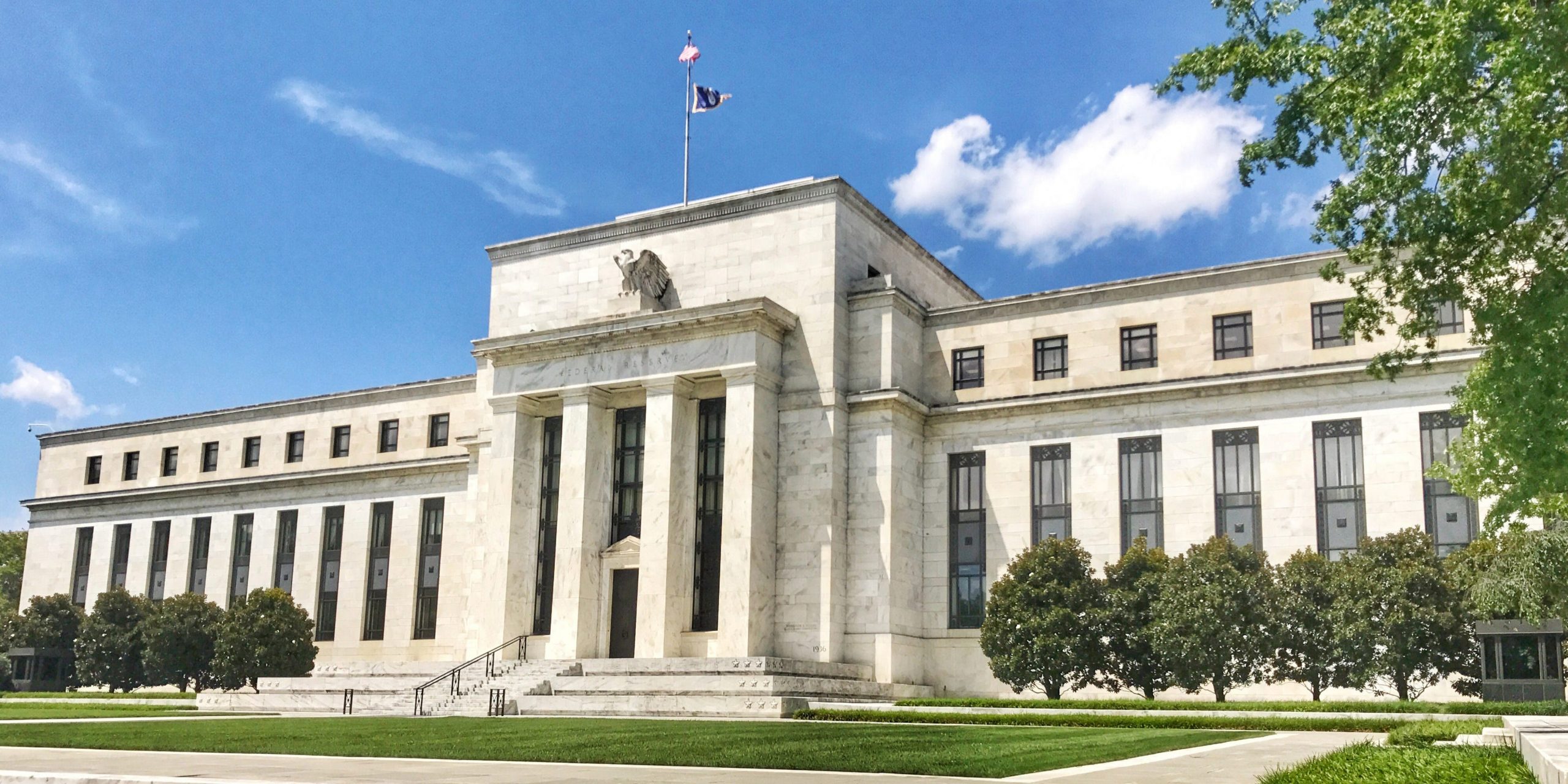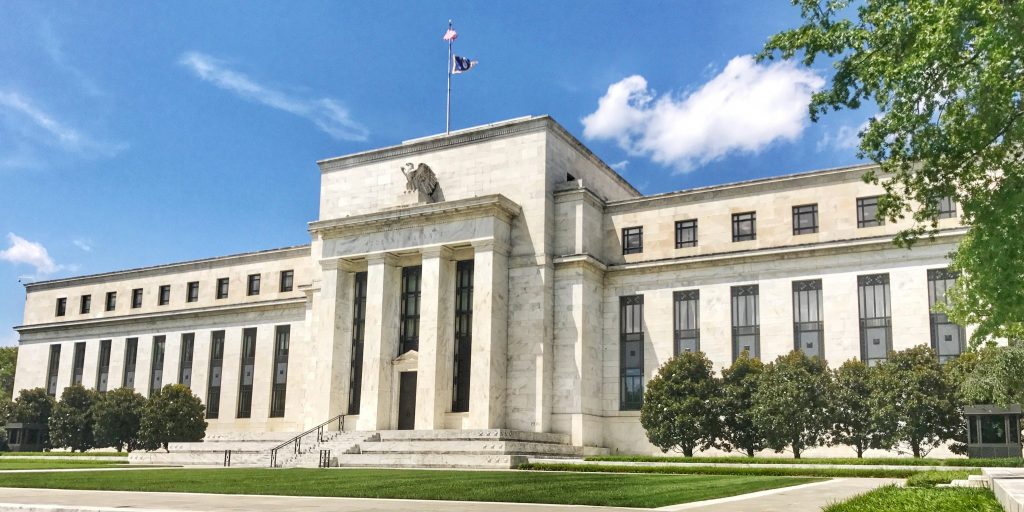
- The Fed is planning to release its long-awaited paper on central bank digital currencies as early as next week, The WSJ reported.
- Powell in the past has said that CBDCs will eliminate the need for cryptocurrencies.
- But an expert told Insider that CBDCs will complement, rather than compete with private cryptocurrencies.
- Sign up here for our daily newsletter, 10 Things Before the Opening Bell.
The Federal Reserve is planning to release its long-awaited paper on central bank digital currencies as early as next week, The Wall Street Journal reported Monday.
Fed chair Jerome Powell first noted that the US central bank was researching a digital dollar in April, and again in May adding a discussion paper will be released over the summer.
Following those comments, Powell said it was possible that a CBDC issued by the Fed would negate the need for stablecoins, a type of cryptocurrency pegged to an asset such as a fiat currency or a precious metal.
Yet while the Fed thinks its digital dollar could eventually replace other crypto, others think it will simply exist alongside current offerings.
"It's not in competition. It is just another currency," Peter Jensen, CEO of RocketFuel Blockchain, told Insider. "We have a hundred currencies. The US version of the US dollar is just going to be another currency."
Jensen said he doubted that regulators will issue a blanket ban on the sector similar to how China has gone about regulating its crypto market, adding that he would welcome a CBDC. He added a digital currency would ensure more security than paper money.
While Powell has expressed some openness towards CBDCs, other Fed officials, such as Vice Chair Randal Quarles, have been more skeptical.
In July, Randal said while public interest in a digital dollar has reached "fever pitch," the US dollar is already highly digitized, an arrangement he said, "serves the nation and the economy well."
Separately, the Boston Fed teamed up with the Massachusetts Institute of Technology in August 2020 for a multi-year collaboration to explore digital currencies with the Digital Currency Initiative. The research results will be published and the code will be licensed as open-source software so that anyone can experiment with it.
For now, 81 countries are exploring their own CBDCs, and 14, including major economies like Sweden and South Korea, are in the pilot stage, while five have already fully launched them, according to a tracker by the Atlantic Council. China leads the pack by far with its digital yuan.
Of the countries with the four largest central banks - the Fed, the European Central Bank, the Bank of Japan, and the Bank of England - the US is the furthest behind, according to the tracker.

